Energy Efficiency Demand
The increasing demand for energy-efficient solutions is a primary driver for the Radiant Cooling System Market. As energy costs continue to rise, both residential and commercial sectors are seeking innovative technologies that reduce energy consumption. Radiant cooling systems, which utilize water to absorb heat from the environment, can significantly lower energy usage compared to traditional air conditioning systems. Reports indicate that these systems can reduce energy consumption by up to 30%, making them an attractive option for energy-conscious consumers. Furthermore, the growing emphasis on reducing carbon footprints aligns with the adoption of radiant cooling technologies, as they contribute to lower greenhouse gas emissions. This trend is likely to propel the Radiant Cooling System Market forward, as stakeholders prioritize sustainability and efficiency in their building designs.
Technological Innovations
Technological advancements play a crucial role in shaping the Radiant Cooling System Market. Innovations in materials and system designs have led to more efficient and effective radiant cooling solutions. For instance, the development of smart thermostats and IoT-enabled systems allows for better control and monitoring of indoor climates, enhancing user experience and energy savings. Additionally, advancements in hydronic systems have improved the performance and reliability of radiant cooling technologies. As these innovations continue to emerge, they are likely to attract more consumers and businesses to adopt radiant cooling systems. Market analysts project that the integration of smart technologies could increase the market share of radiant cooling systems by approximately 15% in the coming years. This trend underscores the importance of continuous innovation in driving the Radiant Cooling System Market.
Supportive Government Policies
Supportive government policies aimed at promoting energy efficiency and sustainable building practices are driving the Radiant Cooling System Market. Many governments are implementing regulations and incentives to encourage the adoption of energy-efficient technologies in construction and renovation projects. These policies often include tax credits, rebates, and grants for the installation of radiant cooling systems, making them more financially accessible to consumers. Additionally, building codes are increasingly incorporating energy efficiency standards that favor the use of radiant cooling technologies. As a result, the market for radiant cooling systems is likely to expand as more stakeholders take advantage of these supportive measures. The alignment of government initiatives with industry goals creates a favorable environment for the growth of the Radiant Cooling System Market.
Increased Construction Activities
The resurgence of construction activities across various sectors is fueling the Radiant Cooling System Market. With urbanization and population growth, there is a notable increase in the demand for new residential and commercial buildings. This trend is particularly evident in developing regions, where infrastructure development is a priority. The integration of radiant cooling systems in new constructions is becoming more prevalent, as builders and architects recognize the benefits of these systems in enhancing indoor comfort while minimizing energy costs. Market data suggests that the construction sector is projected to grow at a compound annual growth rate of 5% over the next few years, further driving the demand for advanced cooling solutions. Consequently, the Radiant Cooling System Market stands to benefit from this construction boom, as more projects incorporate these innovative technologies.
Growing Awareness of Indoor Air Quality
The rising awareness of indoor air quality (IAQ) is significantly influencing the Radiant Cooling System Market. Consumers are increasingly concerned about the health implications of poor air quality, which can be exacerbated by traditional cooling systems that circulate dust and allergens. Radiant cooling systems, which operate without air movement, provide a more stable and healthier indoor environment. This shift in consumer preferences is prompting builders and facility managers to consider radiant cooling as a viable option for improving IAQ. Market Research Future indicates that buildings equipped with radiant cooling systems report higher occupant satisfaction and lower incidences of respiratory issues. As awareness of IAQ continues to grow, the demand for radiant cooling solutions is expected to rise, further propelling the Radiant Cooling System Market.


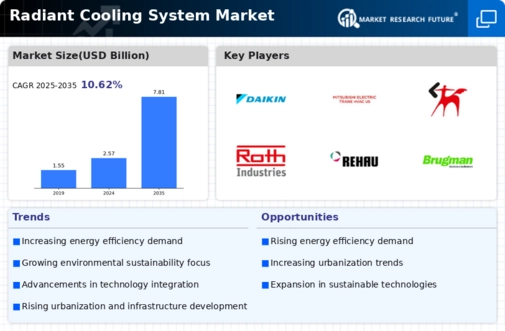
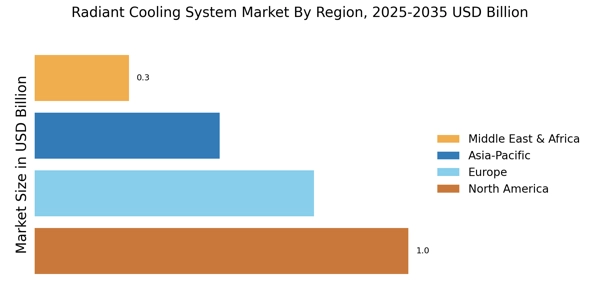

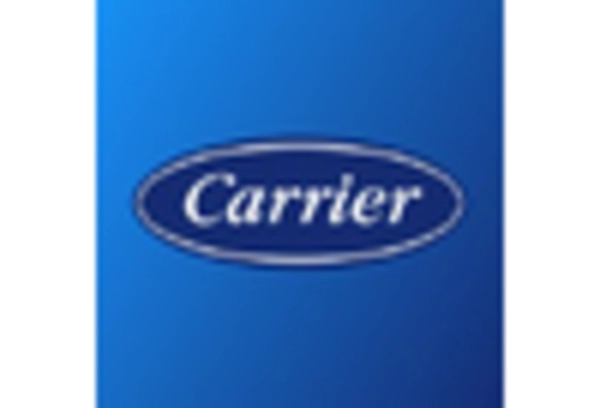
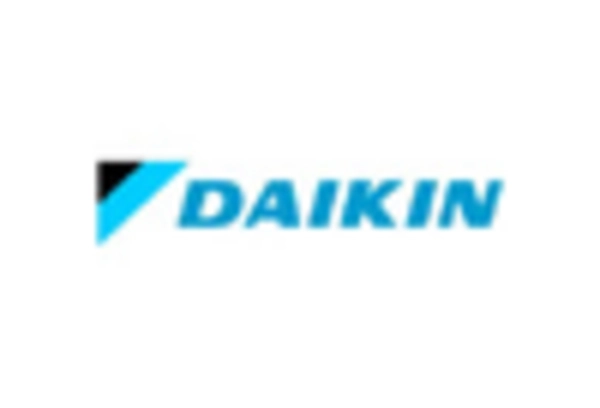

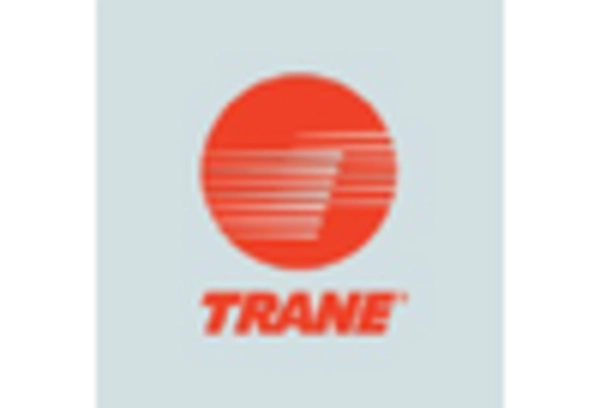
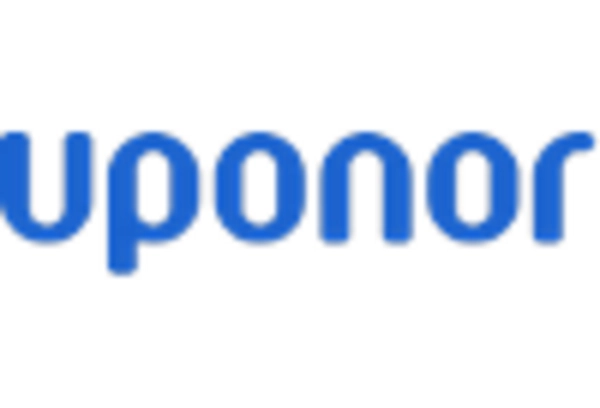








Leave a Comment